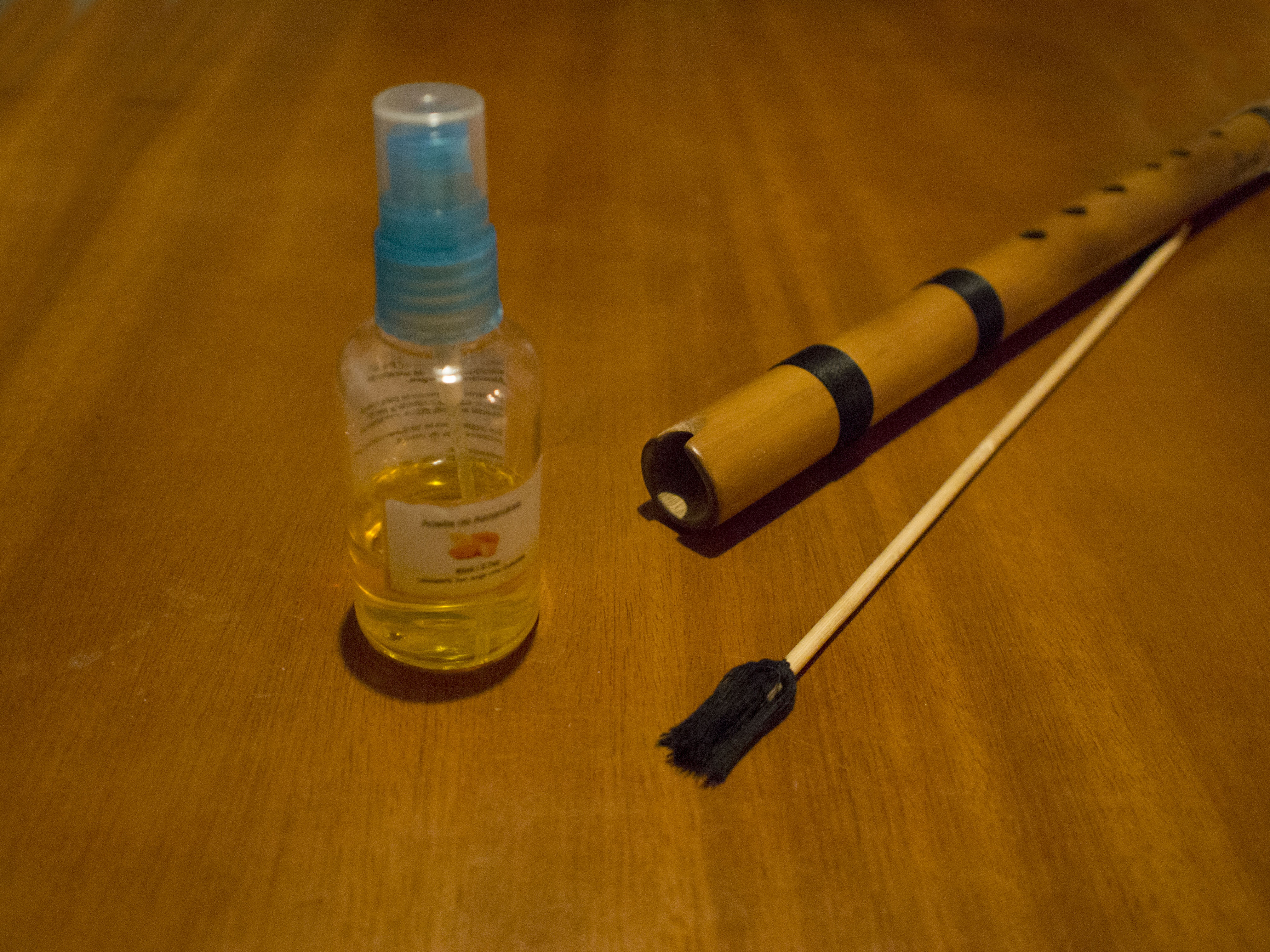Posted by AMJB on 20th Jun 2024
A Beginner's Guide: How to Play the Zampoña (Andean Pan Flute)
The zampoña, also known as the pan flute, is one of the most iconic wind instruments in Andean music. Its unique sound, created by blowing across the open ends of its tubes, evokes the spirit and beauty of the Andes. For beginners, learning to play the zampoña can be a rewarding journey into the heart of South American musical tradition.
.
Understanding the Zampoña
The zampoña consists of two rows of bamboo or reed tubes of varying lengths, which are bound together. Each tube produces a different note, and the arrangement of the tubes allows for a wide range of musical expression. The zampoña is different from the antara, another type of Andean pan flute, which has a single row of tubes with beveled embouchures.
.
Types of Zampoñas
The arrangement and number of tubes can vary, but the most common types are:
- Zampoña de Chili: A smaller zampoña with shorter tubes.
- Zampoña de Malta: A medium-sized zampoña with a balanced range of notes.
- Zampoña de Marimacha: A zampoña with a unique arrangement of tubes.
- Zampoña de Basto: A larger zampoña with deeper tones.
- Zampoña de Toyo: The largest zampoña, producing very deep and resonant sounds.
The main difference between these zampoñas is the length of the tubes, which can range from 5 cm to 1.40 meters.
.
Choosing Your Zampoña
For beginners, it's essential to choose the right zampoña. Start with a smaller, more manageable size to get comfortable with the instrument. As you advance, you can experiment with larger zampoñas that offer a broader range of notes.
.
Holding the Zampoña
Hold the zampoña with both hands, ensuring that your fingers are positioned to cover any holes in the tubes (if your zampoña has them). The larger row of tubes (macho) should be on the bottom, and the smaller row (hembra) should be on top.
.
Producing Sound
To produce sound, blow across the top edge of the tubes rather than into them. Here’s a step-by-step guide:
- Position Your Mouth: Place your lips close to the edge of the tube. Your lower lip should touch the edge lightly.
- Blow Gently: Blow a steady stream of air across the top of the tube. Experiment with the angle and strength of your breath to produce a clear note.
- Adjust Your Embouchure: The embouchure (the way you shape your mouth and use your lips) is crucial. Adjusting your lips slightly can help you find the sweet spot for each note.
.
Playing Notes
Each tube on the zampoña produces a different note. To play a melody, move your mouth from tube to tube while maintaining a steady breath. Practice playing simple scales to get a feel for the instrument. Start with a basic scale, such as C major, and progress to more complex scales as you become comfortable.

.
Techniques for Expressive Playing
- Vibrato: Create a vibrato effect by gently pulsing your breath. This adds emotion and depth to your playing.
- Dynamics: Vary the volume of your playing by adjusting the strength of your breath. Softer breath produces quieter notes, while stronger breath creates louder notes.
- Articulation: Use your tongue to start and stop notes crisply. Practice tonguing techniques to articulate each note clearly.
.
Maintenance Tips
To keep your zampoña in good condition:
- Clean Regularly: Wipe the tubes with a dry cloth after playing to remove moisture.
- Store Properly: Store the zampoña in a dry, cool place to prevent the bamboo from cracking or warping.
- Oil Occasionally: Occasionally oil the tubes with a light natural oil to keep the bamboo hydrated.

.
Practice Regularly
Consistent practice is key to mastering the zampoña. Set aside time each day to practice scales, simple melodies, and breathing techniques. Over time, you’ll build the muscle memory and breath control needed to play more complex pieces.
.
Join a Community
Playing with others can accelerate your learning and make the experience more enjoyable. Look for local music groups or online communities of zampoña players. Sharing tips, techniques, and music can provide valuable insights and keep you motivated.
.
Conclusion
Learning to play the zampoña is a journey into the rich musical heritage of the Andes. With patience, practice, and a passion for music, you can master this beautiful instrument and bring the sounds of the Andes to life. Whether you're playing solo or as part of an ensemble, the zampoña offers endless possibilities for musical expression and connection to Andean culture.

